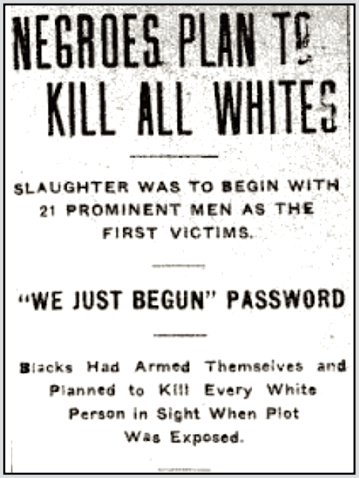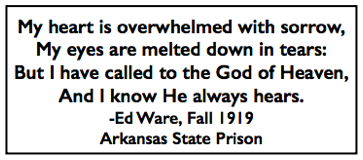 ———————-
———————-
Hellraisers Journal – Saturday November 26, 1921
Mary White Ovington Reviews “The Voice of the Negro” by Robert T. Kerlin
From the Chicago Broad Ax of November 19, 1921:
BOOK CHAT-BY MARY WHITE OVINGTON
-CHAIRMAN OF THE BOARD OF DIRECTORS
OF THE NATIONAL ASSOCIATION FOR THE
ADVANCEMENT OF COLORED PEOPLE…..
—————“THE VOICE OF THE NEGRO”
By Robert T. Kerlin
——-(Published by E. P. Dutton & Co., 681 Fifth Ave., New York City, Price $2.50, postage 12 cents.)
Mr. Robert T. Kerlin, professor at Virginia Military Institute, last June wrote a letter to the Governor of Arkansas, in which he declared it would be a crime against the Creator, if the six colored men [The Moore Defendants-six of the Elaine 12] condemned to death, were executed. “Were they to suffer death,” he said, “they would be crucified.” Shortly after this statement, he was asked to resign by the Board of Virginia Military Institute. Refusing to do this, he was dismissed. This courageous letter to the Governor of Arkansas was the culmination of a number of acts sympathetic to the Negro, that had evidently grated against the sensibilities of the Board of Virginia Military Institute.
Probably “The Voice of the Negro,” the book which Mr. Kerlin’s publishers put out in 1920, was one of his heinous offenses. This book presents to the reader a careful synopsis of Negro opinion, as voiced through its press for four months succeeding the Washington riot. To quote from the preface, “virtually the entire Afro-American press consisting of two dailies, a dozen magazines, and nearly three hundred weeklies, has been drawn upon.” “When I told the publisher,” Mr. Kerlin goes on to say “that I was making this compilation, he remarked that my book would make disagreeable reading. There are worse things than disagreeable reading.”…..
———————-
[Photograph added.]
Note: By last June, when Kerlin wrote to the Arkansas Governor, the Elaine 12 had become the Ware Defendants and the Moore Defendants (6 in each group). The Ware Defendants had won another retrial, scheduled for June 1921, but since postponed. The Moore Defendants were scheduled for execution on June 10th, which execution was delayed by one brave judge. As of this date, the Ware defendants are yet awaiting their 3rd trial. The Moore Defendants have won a hearing before the U. S. Supreme Court.

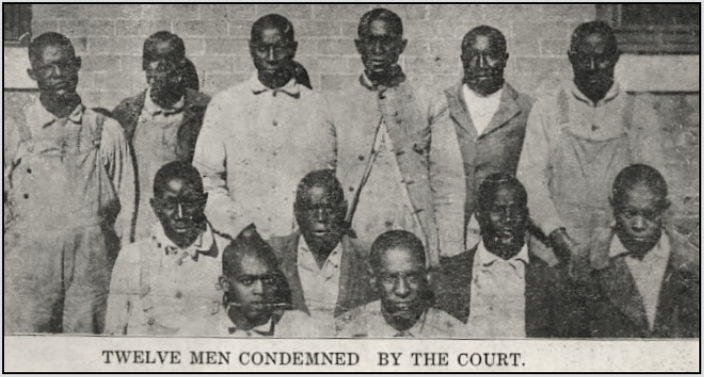
 ———-
———-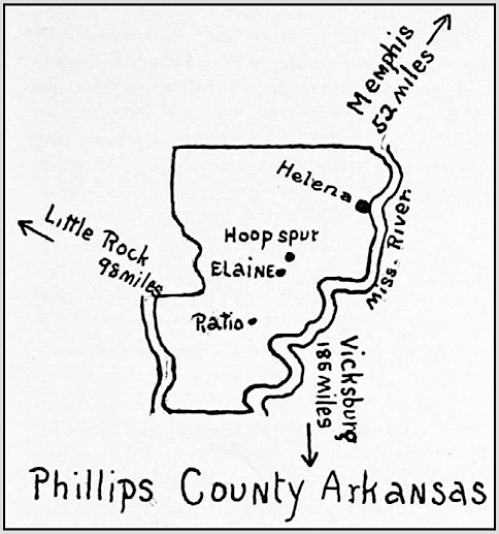
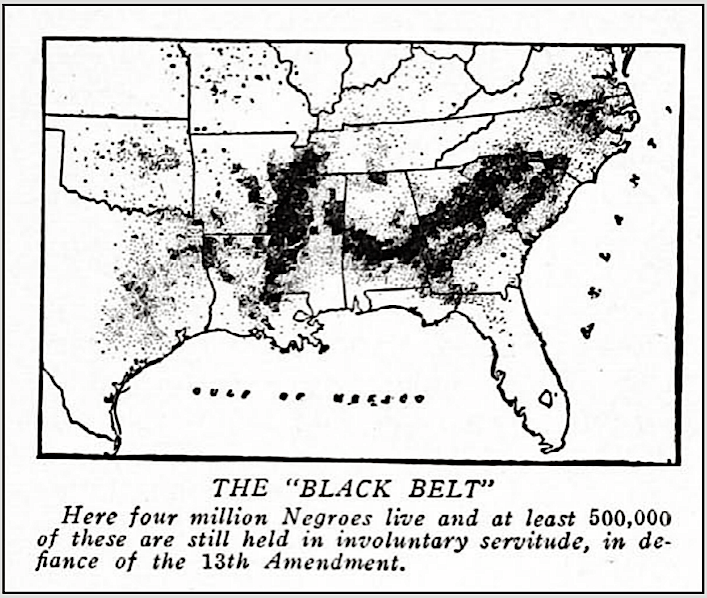
 ———-
———-